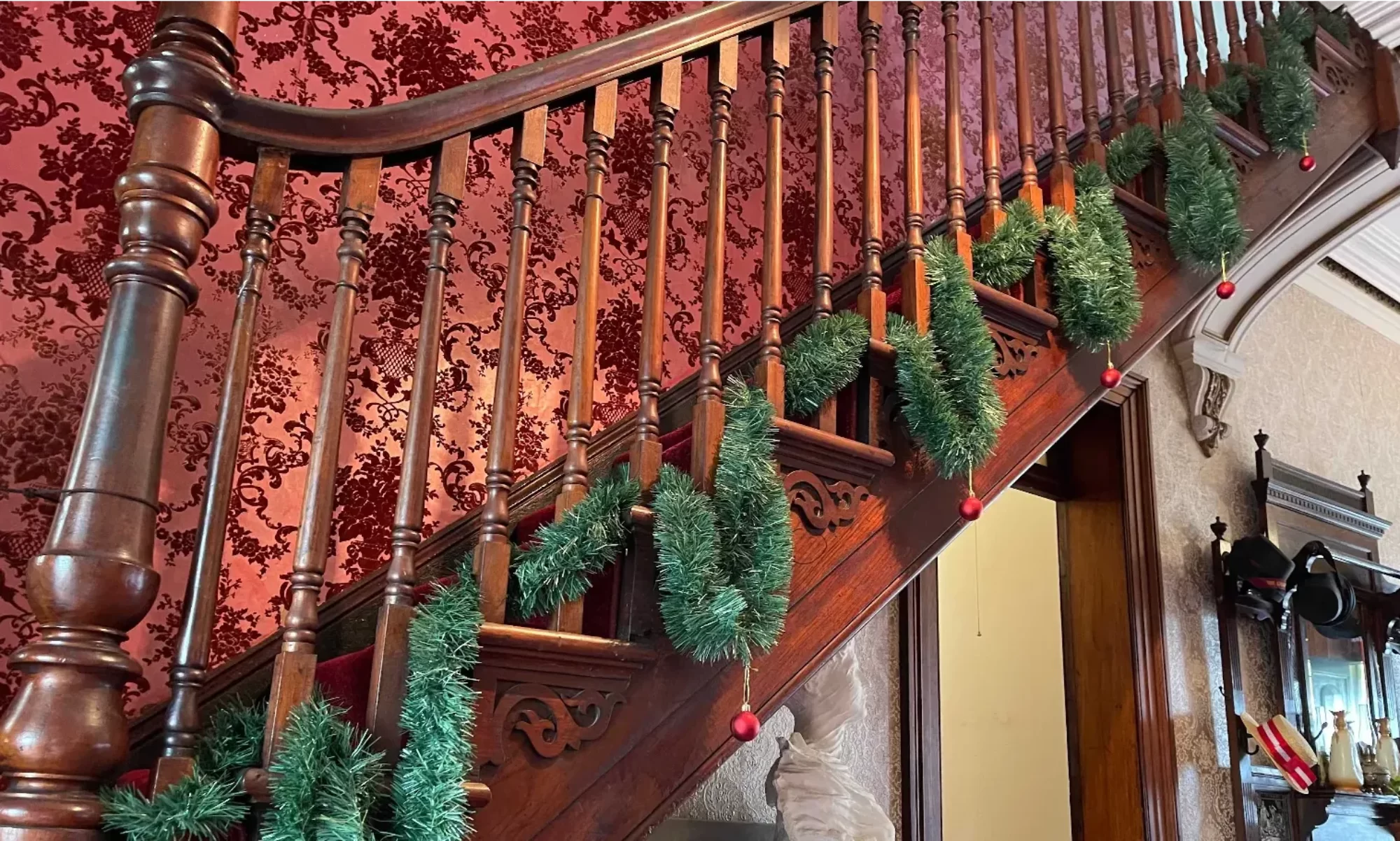edited By Ian D. Clark And Fred CarhirCSIRO Publishing, 2013. 303 pages & index. Review by Laurice Bondfield The subtitle of this book of articles is: “Forgotten Narratives” but as Dr. Peter Thorne, Vice President of the Royal Society of Victoria points out in his introduction, “Few episodes in Australia’s history have received as much …
Tottenham House, Tom Ugly’s Point
by Gifford and Eileen Eardley About 1893 a lovely residence, named “Tottenham House”, evidently in nostalgic memory of the same place-name which occurs in North London, was constructed on the highest point of the ridge which leads to Dover, or Tom Ugly’s Point, at a distance of about one quarter of a mile short of …
The Collins Family, Caterers, Bexley
by Gwen Frost Mrs. Catherine Collins, nee Swarbrick, came with her parents, Richard and James Swarbrick, and her four sisters and two brothers, from Woodplumpton in the Manchester, Blackpool area, about 1910. They had lived in a comfortable two-storey farmhouse on the farm, which had been in the Swarbrick family for generations. The family migrated …
A Nation at Last
It is always good to see one of our members going out of their way to show people the importance of our historical background and also demonstrate the importance of federation to our country. Ms Anne Field has certainly done this. On August 10th, 2001 she coordinated and starred in a production called “A Nation …
1962 Letter from Amy Slade
12 Sept. 1962 Dear Sirs, I was very interested in the talk on early Rockdale last Saturday night as I myself was born just a few minutes walk from Brighton Le Sands almost 78 years ago. My grandfather, James Beehag, and his brother, William, came to Australia just 2 religious minded young men when it …

